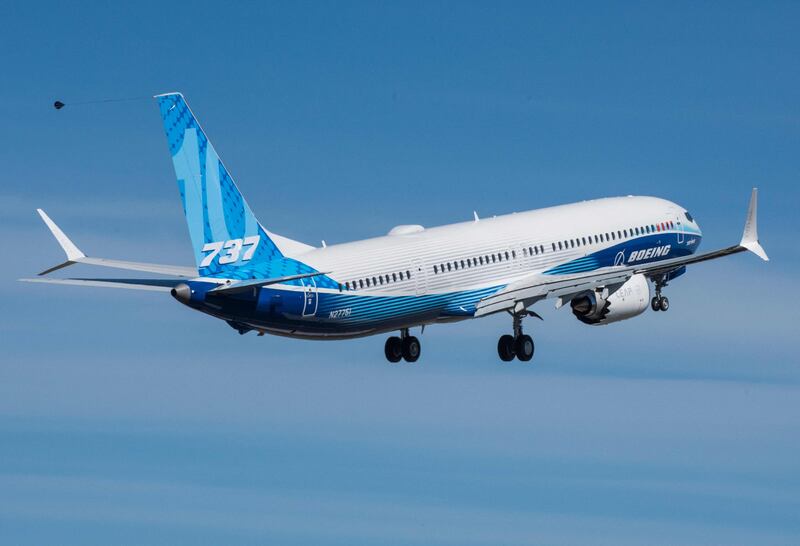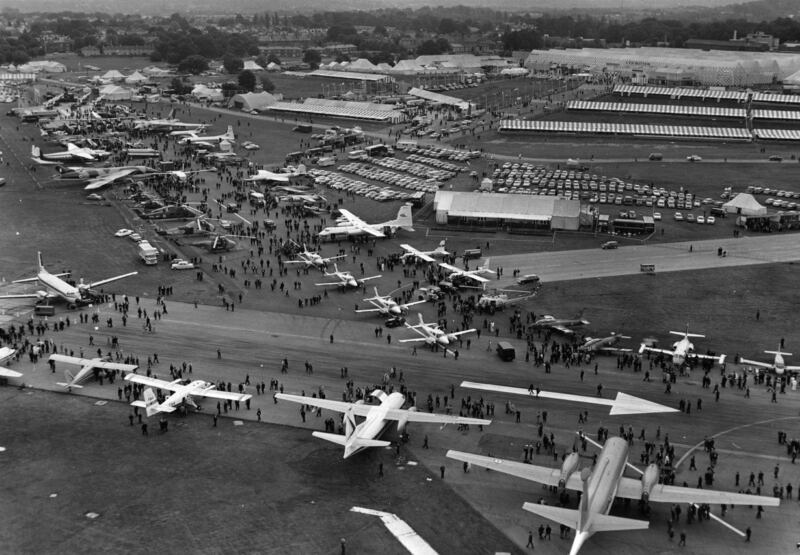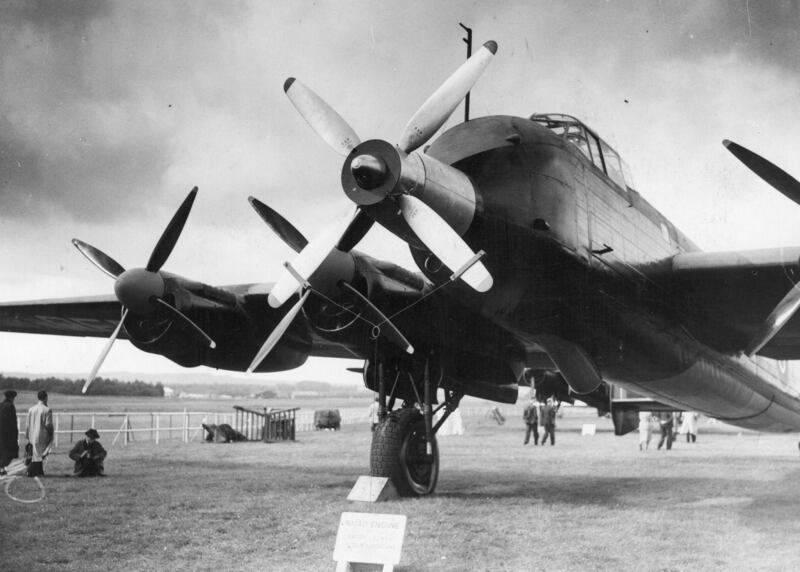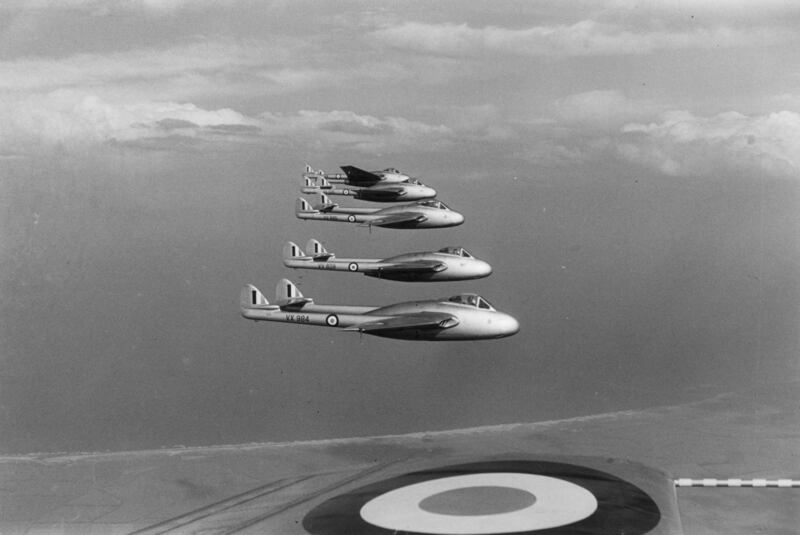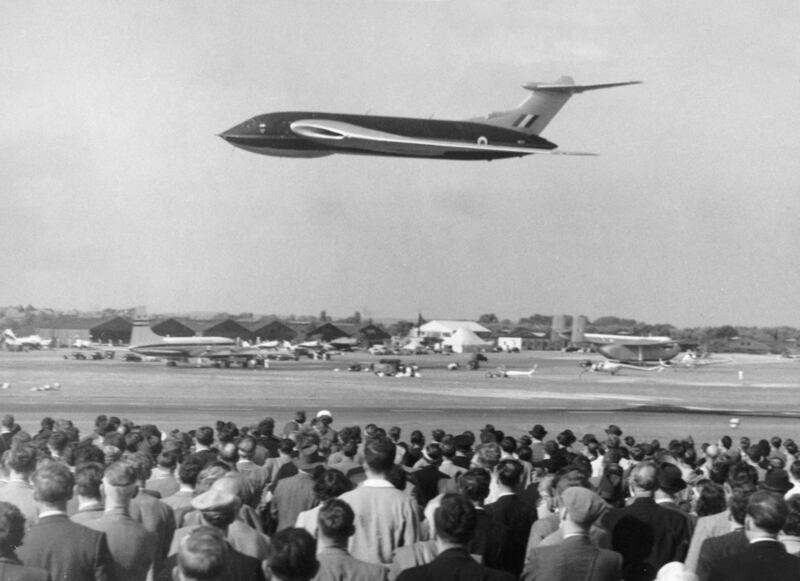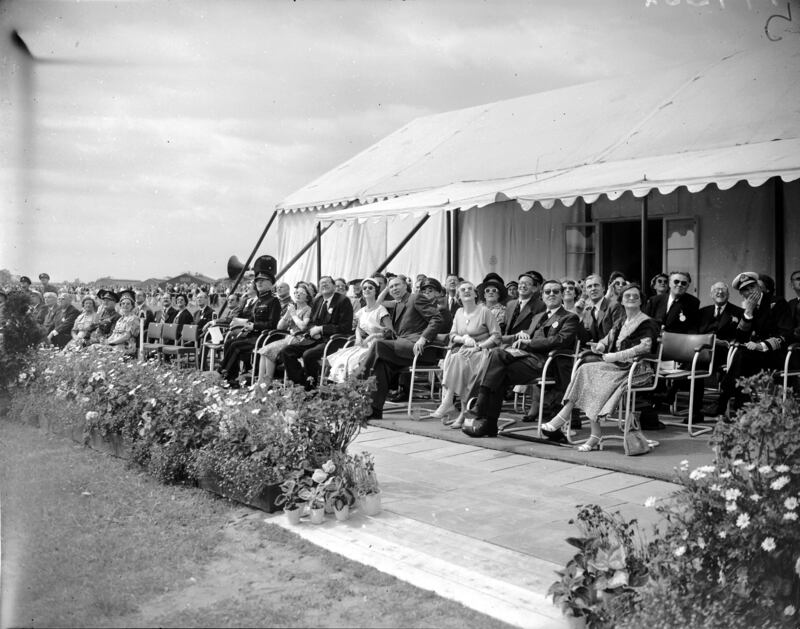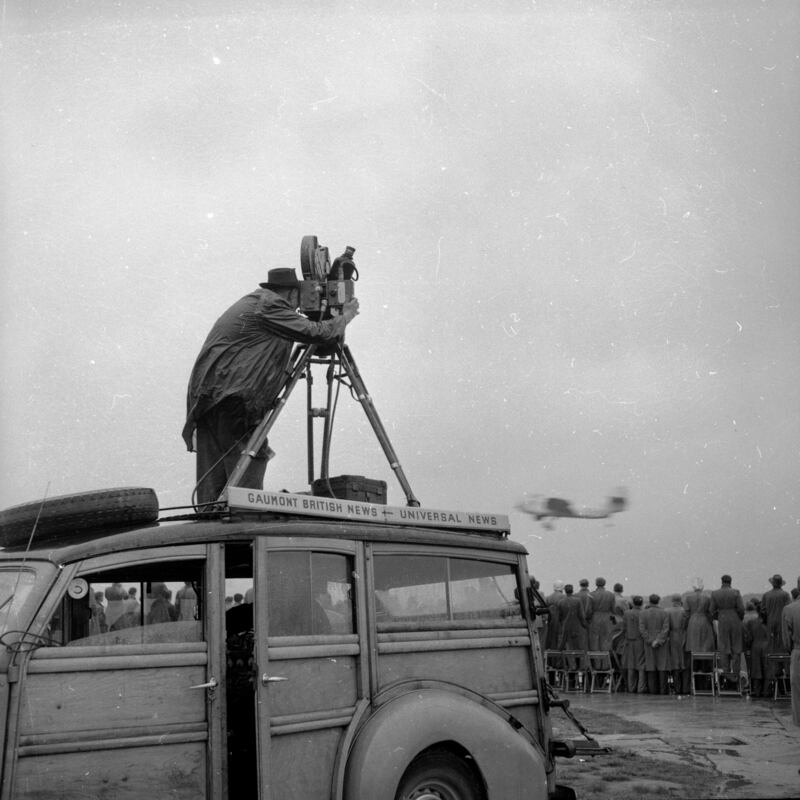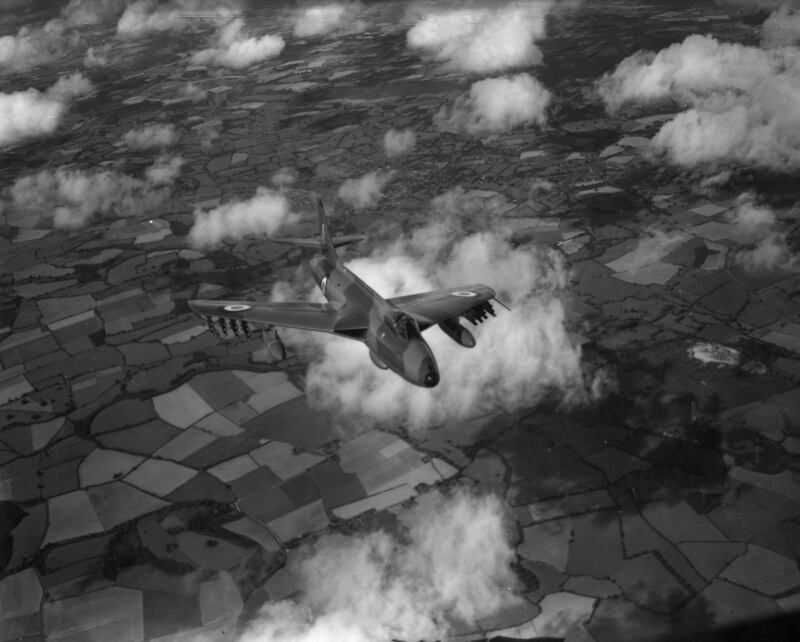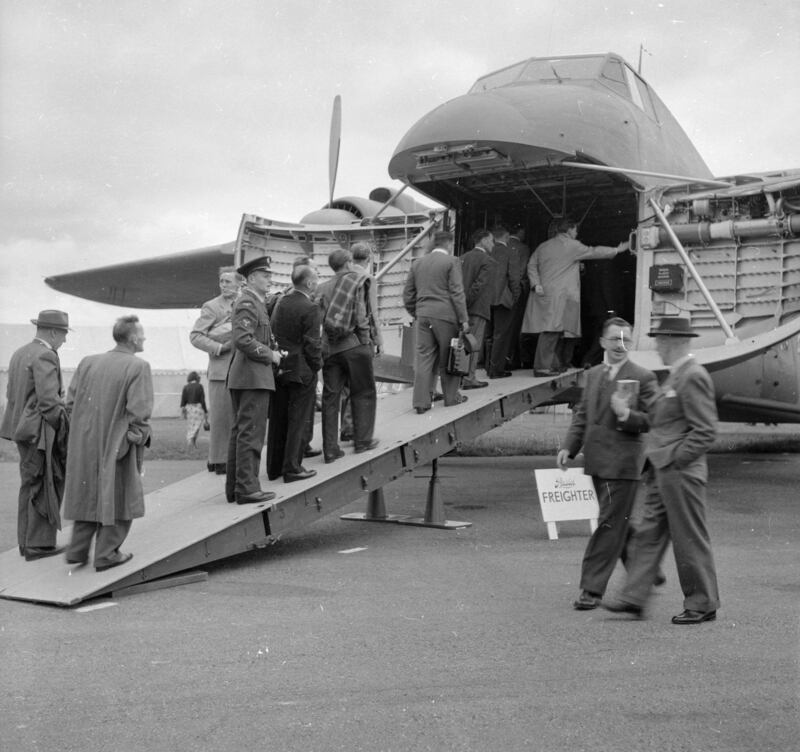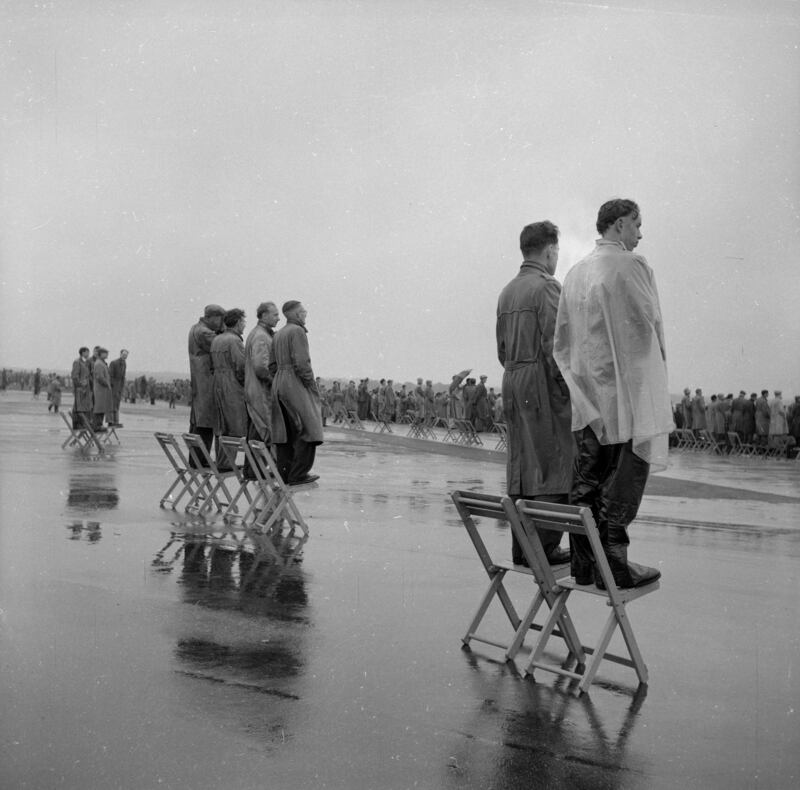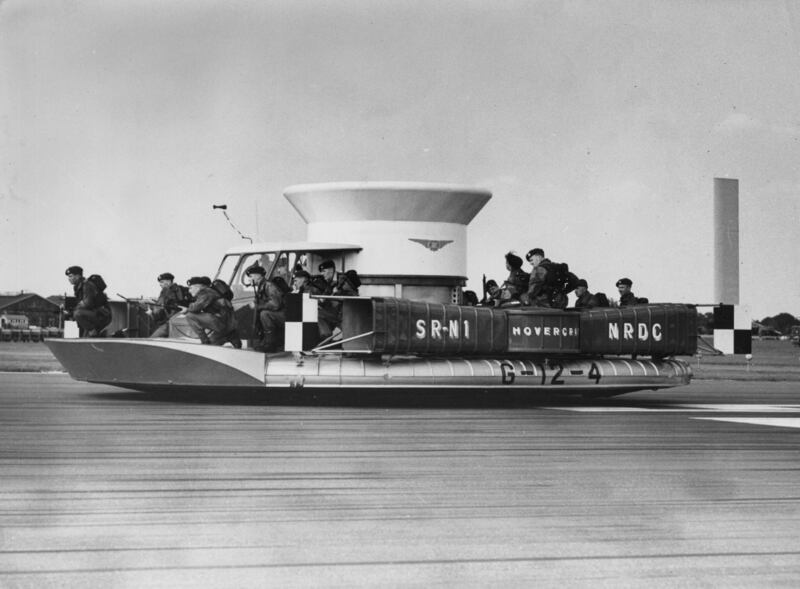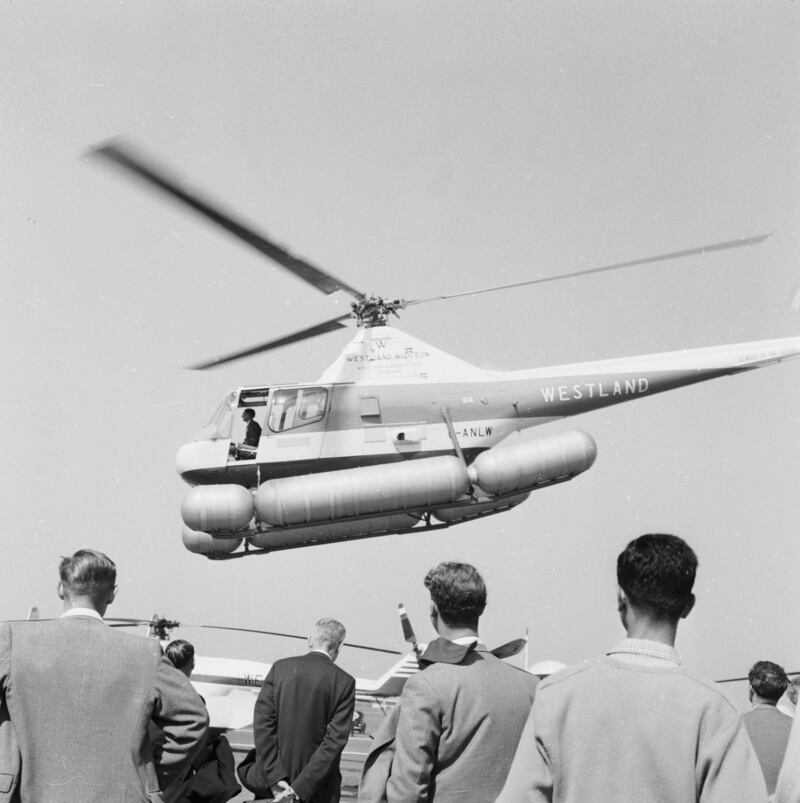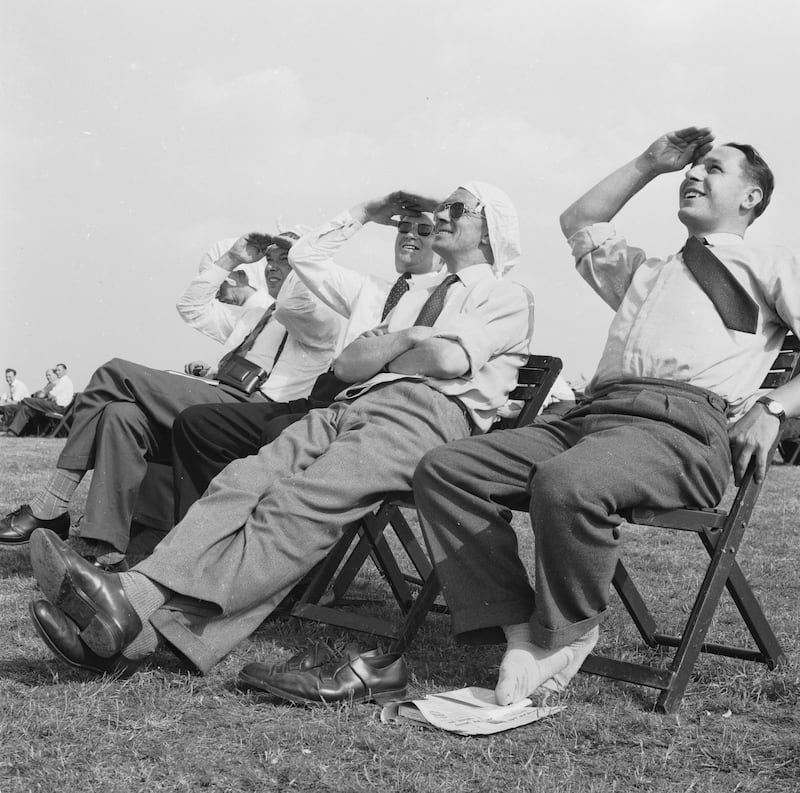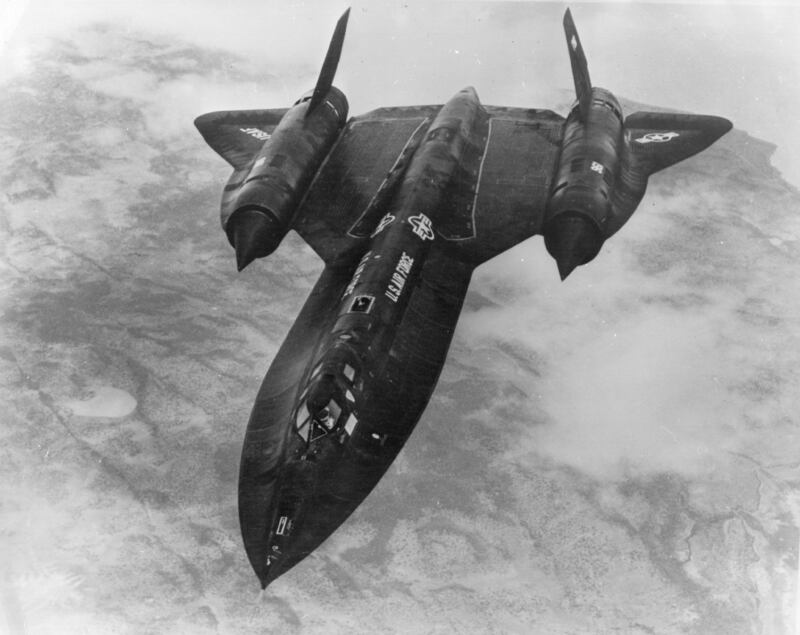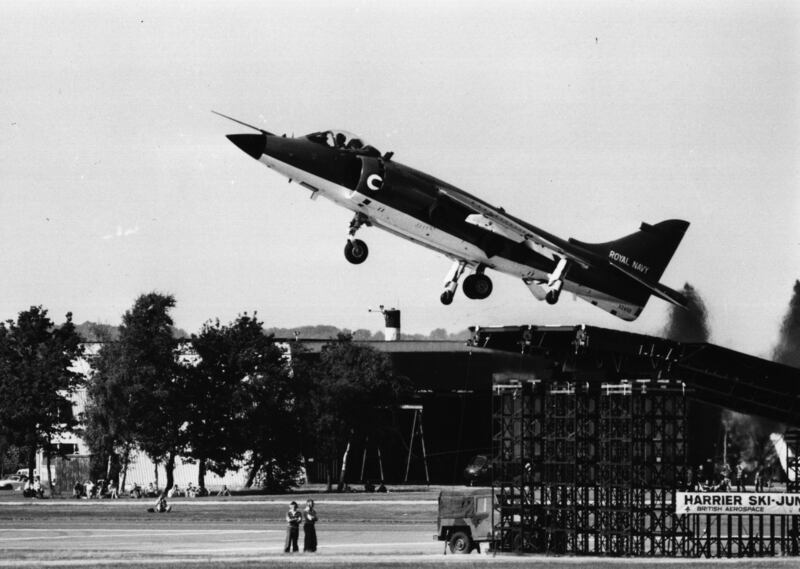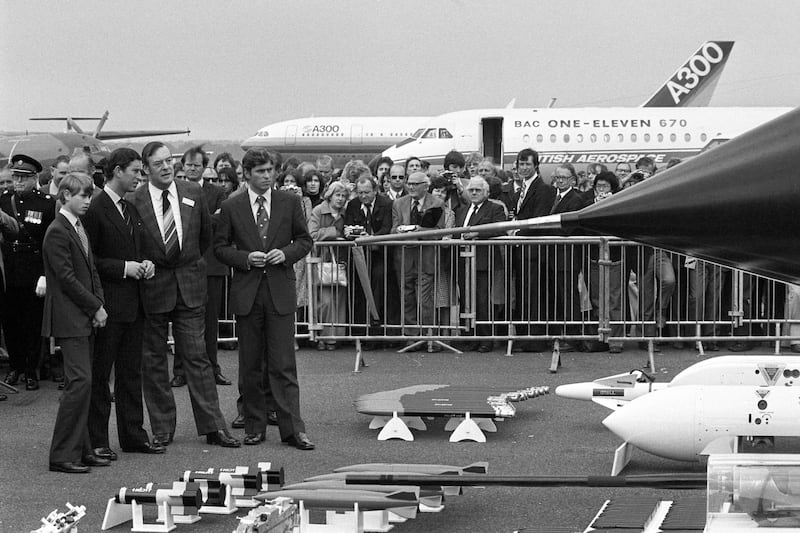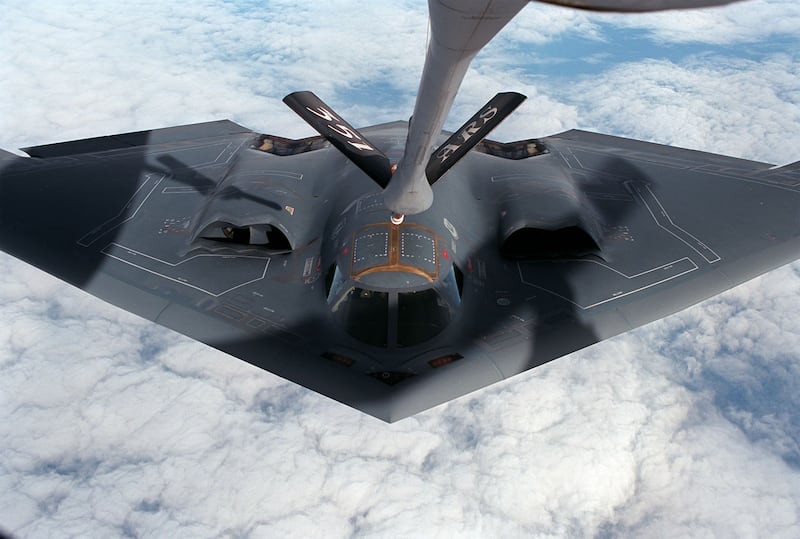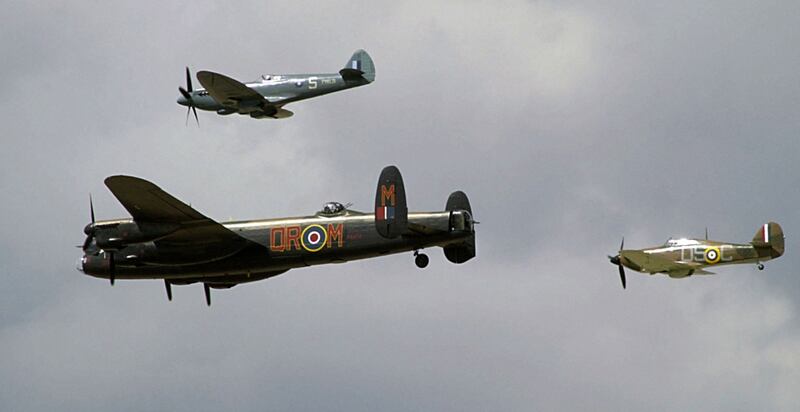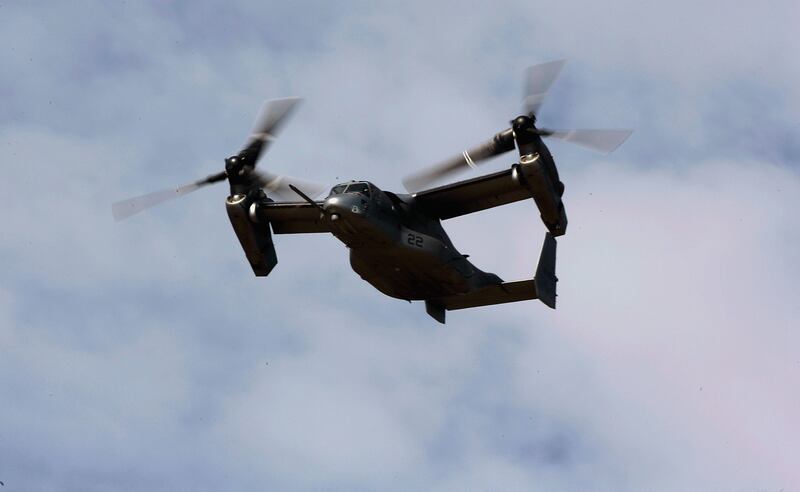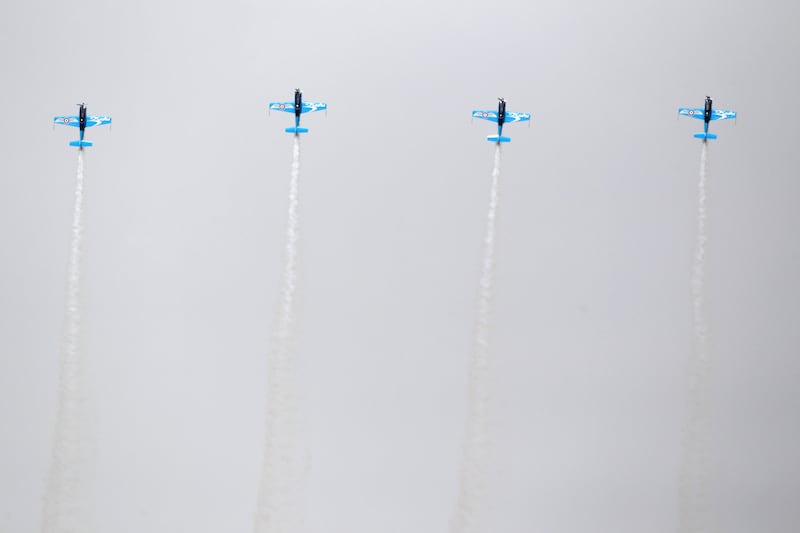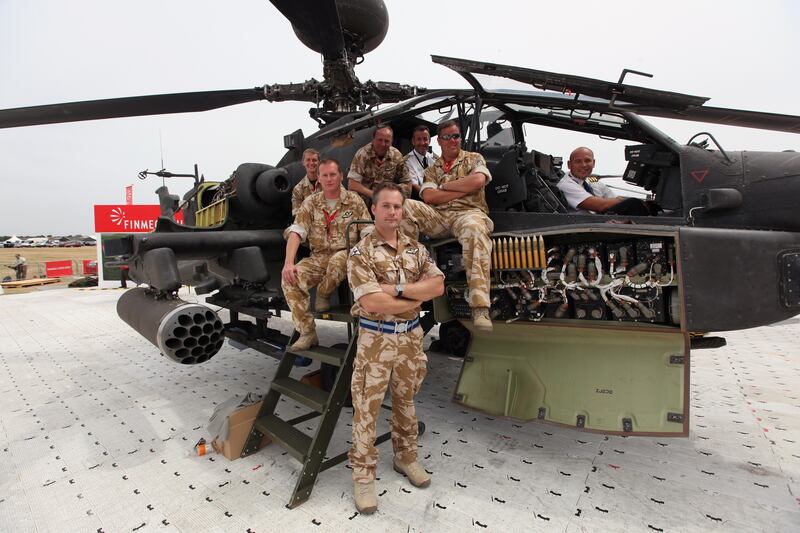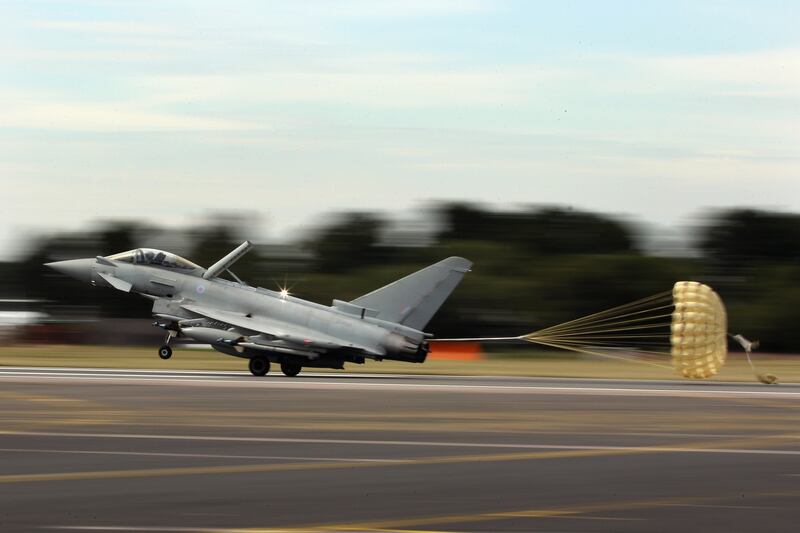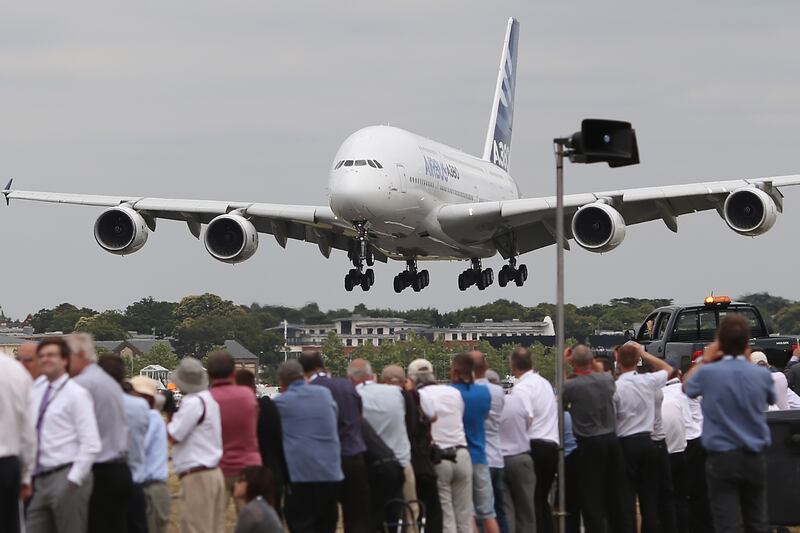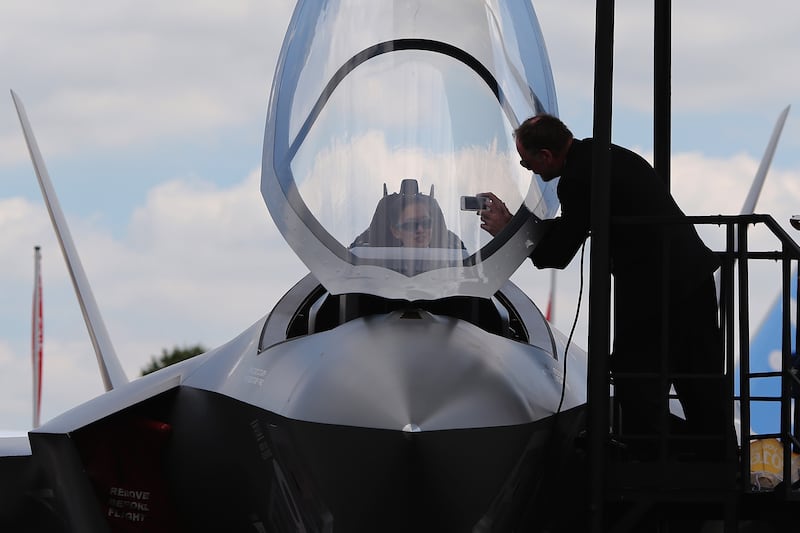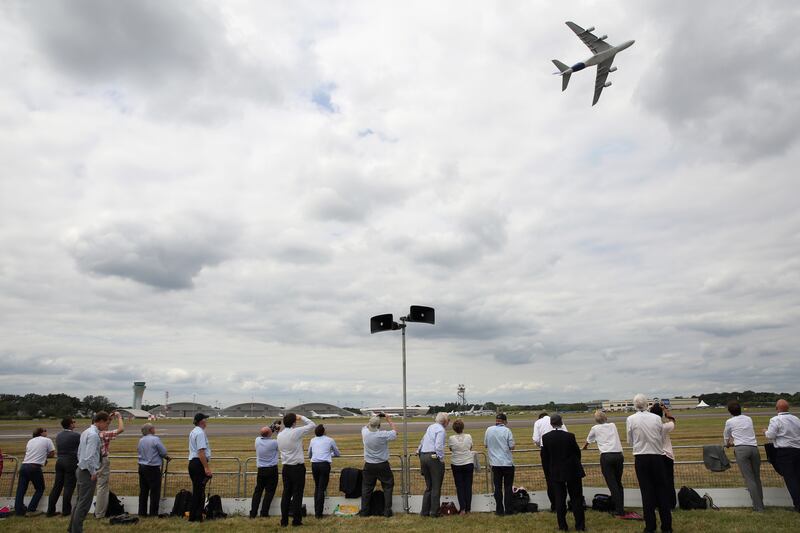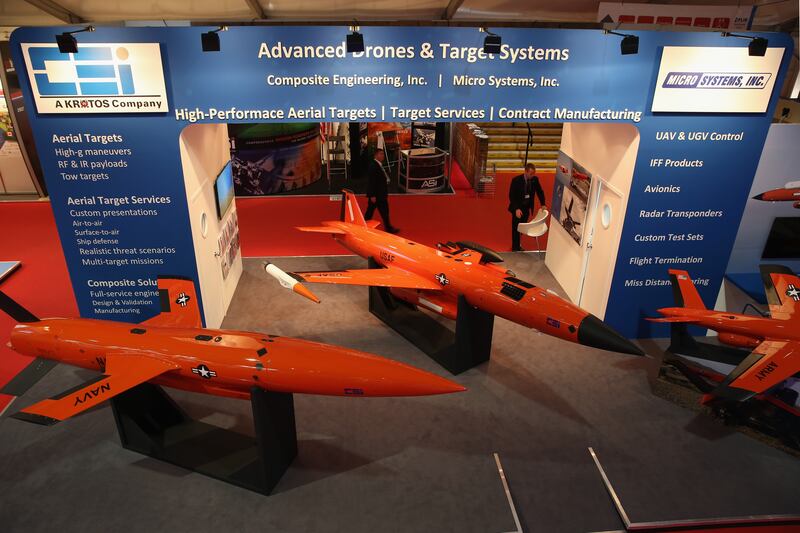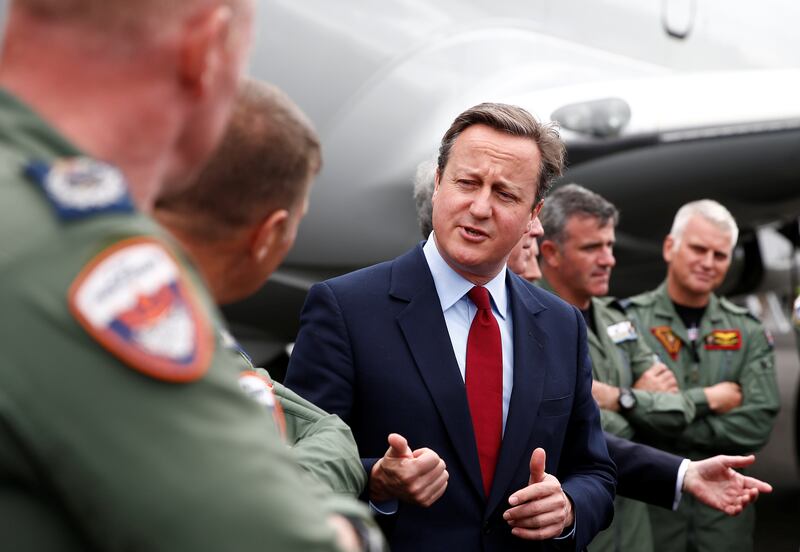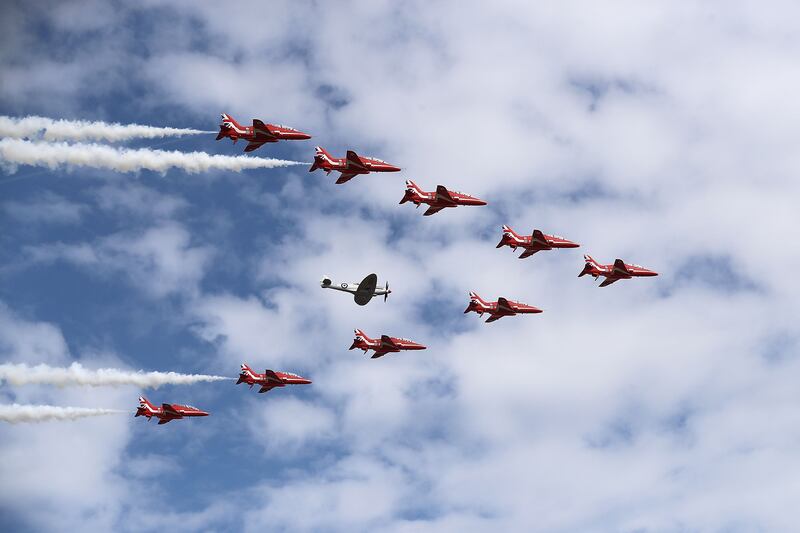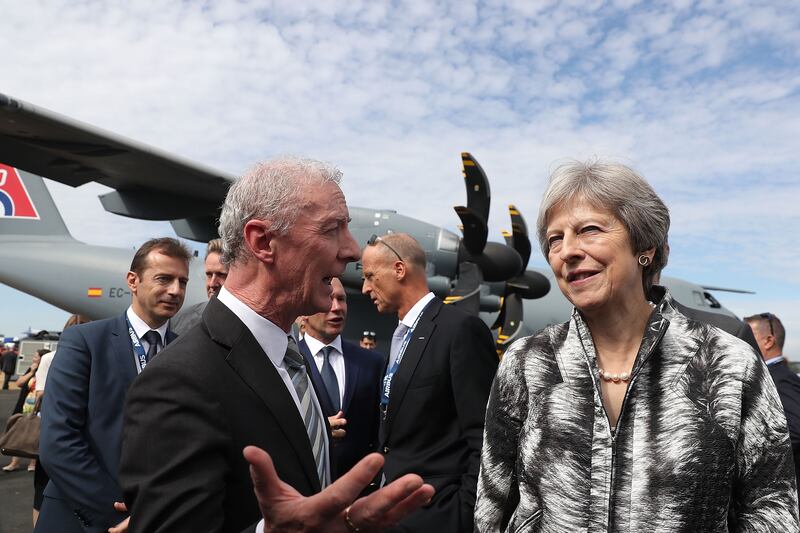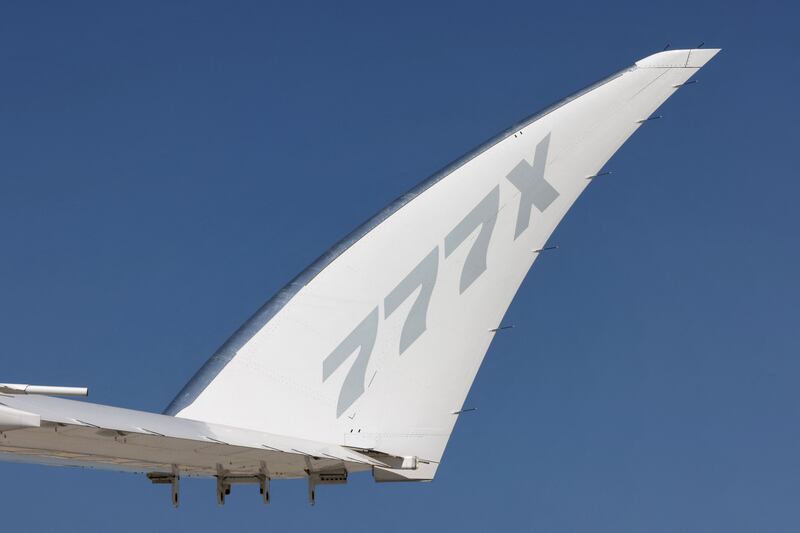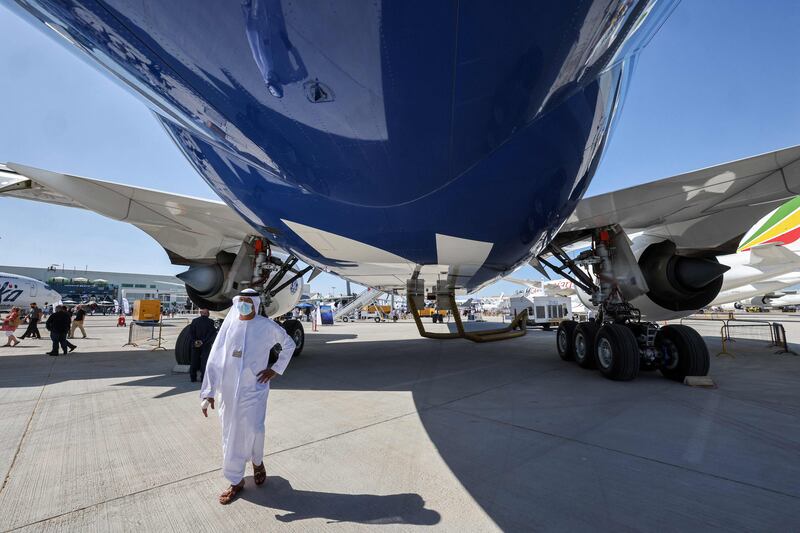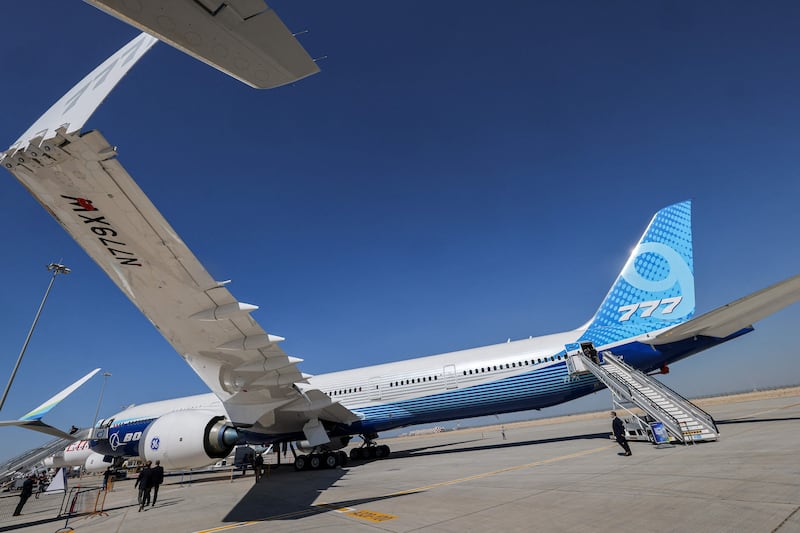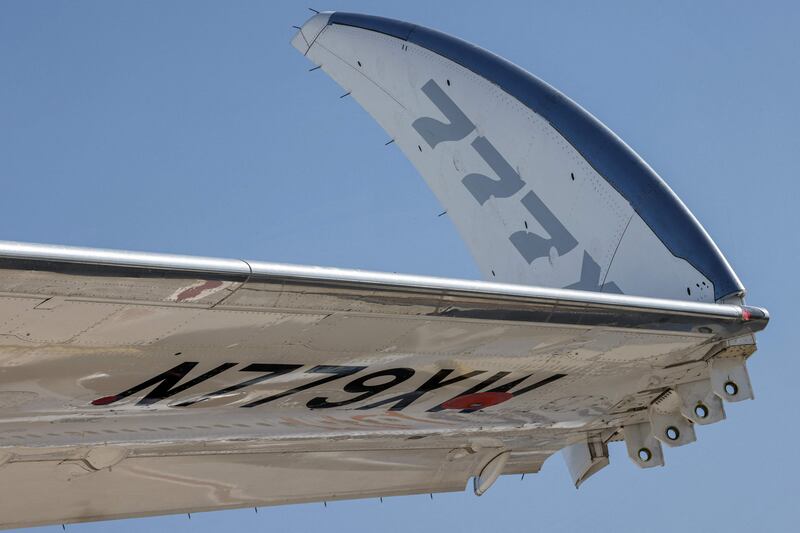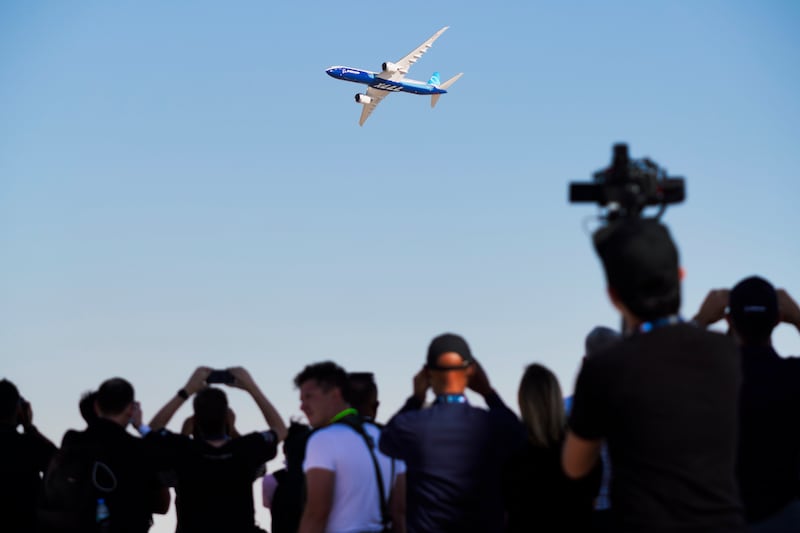As the aerospace world gathers in southern England next week for the first major commercial show since 2019, the stakes are particularly high for one half of the global plane-making duopoly.
As ever, the spotlight at the Farnborough International Airshow will focus on the battle between Airbus and Boeing for orders, with rapid-fire, often last-minute announcements providing reassuring parallels to the pre-Covid trade expos that alternate between London and Paris. But never before has the contest been skewed so far in Airbus’s favour.
Airbus has bolstered its heft in the past decade to conquer close to 70 per cent of the narrow-body segment, by far the most widely used aircraft category.
Boeing, meanwhile, is battling on multiple fronts: there are quality issues with its 787 Dreamliner, questions over the regulatory approval of its Max 10 aircraft and the need to make sales of the 737 Max after a lengthy grounding following two fatal crashes. The giant successor to the 777 is years behind schedule.
Farnborough Airshow through the years - in pictures
That leaves Boeing facing much greater pressure to secure orders in Farnborough, Jefferies analyst Sheila Kahyaoglu says.
“Boeing is starting off a lower base in terms of order momentum,” she said. If Boeing can’t beat Airbus at the show, “it will continue to erode their market share”.
Both Airbus and Boeing have already announced a flurry of significant deals this year, which may limit how many blockbuster sales there are left to do in Farnborough. IAG finally committed in May to a 737 Max order first agreed to at the Paris Air Show in 2019, while Airbus landed a massive deal valued at $37 billion from four Chinese airlines last month.
Ms Kahyaoglu counts about 800 potential sales still in the pipeline, though she says they’re unlikely to all come together next week.
Some of the bigger anticipated deals are tipped to go in Boeing’s favour, including a potential Delta Air Lines order for more than 100 737 Max, marking the first time the Atlanta-based carrier has bought Boeing’s newest narrow-body jet. Airbus could also scoop up a few commitments from the airline, however, if Delta opts to top up its A220 order at the same time.
Analysts and investors will also be looking for signs that Asian airlines are laying plans for the eventual rebound in long-range travel — such as ANA Holdings’s decision this week to finalise a previous commitment for as many as 30 of Boeing’s 787 Dreamliners.
Air India is close to signing an agreement for an order of about 20 A350 widebody jets and as many as 300 A320neo family jets or 737 Maxes, Bloomberg reported last month.
This year, the aviation titans will also be quizzed on how and when they’ll make good on delivery commitments, with engine shortages emerging as the latest headache in their efforts to increase output.
And while air travel has come roaring back, driving up demand for aircraft, the longevity of the boom is in question with rising inflation cutting into consumer spending and understaffed airlines and airports turning travel into an ordeal particularly in Europe.
Boeing 777X at the Dubai Airshow
“The air show will reinforce that the problem is not demand, it is supply,” said Rob Stallard, analyst with Vertical Research Partners. “So far, the aerospace industry has done a good job battling with supply chain strain, but the pressure is unlikely to ease any time soon.”
The aerospace duopoly itself has undergone a sea-change since the last in-person air show in Paris in 2019. At the time, Boeing was coming off the strongest financial performance in its history and executives were upbeat about their prospects for quickly ending a grounding of the 737 Max that had been instituted after the first crash in Indonesia a few months earlier.
Instead, it was Airbus that grabbed the market lead — and never looked back — as the Max flying ban extended through November 2020. And while the Covid outbreak pummelled both manufacturers, Boeing was especially vulnerable because of its $20 billion tab to resolve its Max-related costs.
Boeing shares have tumbled 60 per cent since the Paris Air Show in June 2019 as the company worked to restore the 737 Max commercially and encountered delays and quality lapses on other aircraft programmes, such as the 777X and 787 Dreamliner. Airbus’ shares are down 20 per cent over the same period.
With Farnborough, the US plane maker finally has an opportunity to start to turn the corner. Boeing is also closing in on winning US regulators’ approval to restart 787 Dreamliner deliveries that have been largely halted since late 2020, a critical step toward generating cash from the 120 or so Dreamliners stockpiled in desert storage yards.
Ms Kahyaoglu doesn’t see either plane maker launching new products at the show but thinks the event could provide an opportunity for the US manufacturer to give an update on the 737 Max 10 certification, after Boeing chief executive Dave Calhoun threatened to cancel the aircraft if regulatory issues aren’t resolved. On the Airbus side, the A321XLR also faces a hurdle as European regulators seek to lessen the fire risk from an extra fuel tank.
Ultimately, any success at the show comes down to who pulls in the most sales. But given the number of commitments Airbus already has on its books, it's less of a high-stakes battle than it is for the US plane maker.
